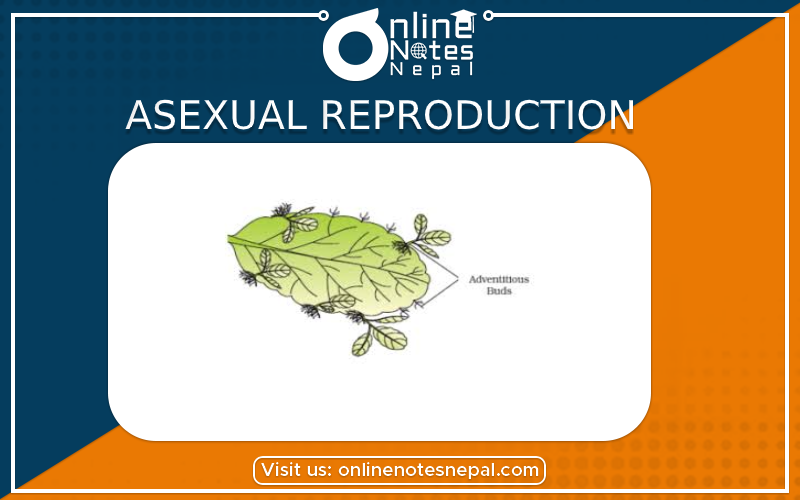Published by: Nuru
Published date: 06 Jul 2021

The reproduction without the fusion of males and female's gamete is called asexual reproduction. There are five different types of asexual reproduction.
The different types are as follows:
The type of asexual reproduction in which an organism divides into two or more than two cells forming new organisms is called fission.

It has two types, they are:
i. Binary Fission:
In this type, an organism divides into two cells forming new organisms. It occurs under favorable conditions. Example: Amoeba, Bacteria, Diatoms, Paramecium, Euglena, e.t.c.
ii. Multiple Fission:
In this type, an organism divides into more than two cells forming new organisms. It occurs under favorable conditions. Example: Chlaymydomonous, Plasmodium (Malaria Parasite), e.t.c.
In this process, the formation of buds takes place in cells or bodies. It grows gradually and separately from the main body forming new. organism.

Example: Hydra, Yeast, Sponge, e.t.c.
The process of asexual reproduction by the generation of spores under favorable conditions called sporulation.

Example: Mucor, Moss, Fern, Mushroom, e.t.c.
The process of growing new plants from the vegetative parts like root, stem, and leaves is called vegetative propagation.

Types:
i. Vegetative Propagation by Stem: Rose, Sugarcane, Potato, Onion, Ginger, Banana, e.t.c.
ii. Vegetative Propagation by Root: Sweet potato, Dahila, e.t.c.
iii. Vegetative Propagation by Leaf: Beyophyllum, Begonia, e.t.c.
Advantages of Vegetative Propagation
Disadvantages of Vegetative Propagation
This type of asexual reproduction in which the body of an organism divides into two fragments and each fragment develops into a new organism is called fragmentation and regeneration.

Example: Spirogyra, Tapeworm, Starfish, Planaris, e.t.c.